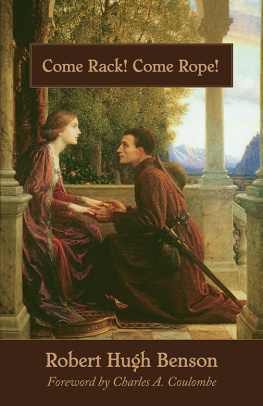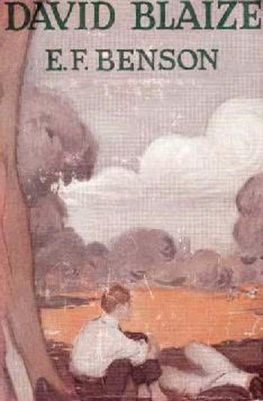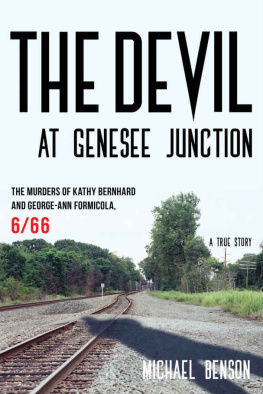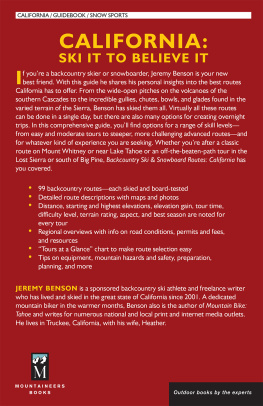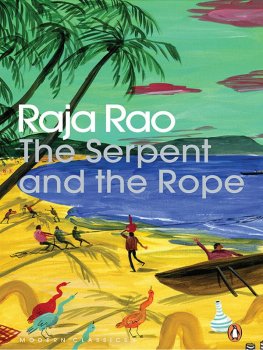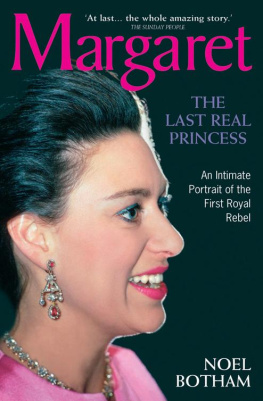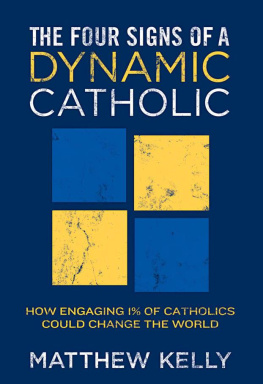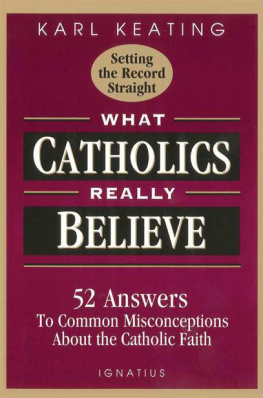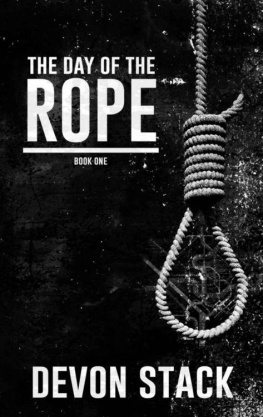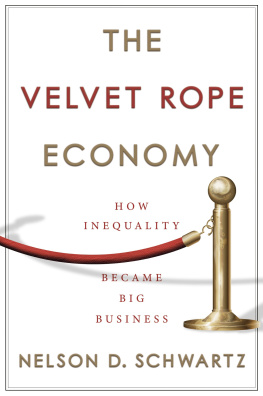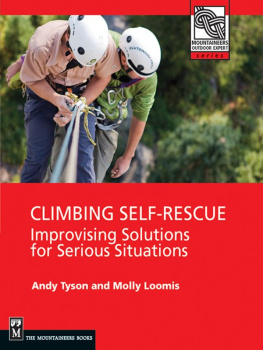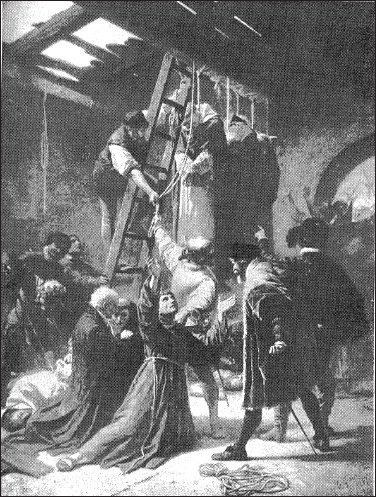Retypset by TAN Books in 2016. The type in this book is the property of TAN Books and may not reproduced, in whole or in part, without written permission from the publisher.
Foreword by Charles A. Coulombe copyright 2016 TAN Books.
Cover image: The End of the Quest, 1921 (oil on canvas), Dicksee, Frank (1853-1928) / Leighton House Museum, Kensington & Chelsea, London, UK / Bridgeman Images
M sgr. Robert Hugh Benson (18711914) is probably best known today for his chilling 1907 dystopia, Lord of the World, and, to a much lesser degree, for his equally chilling (at least to what passes for the Modern Mind) utopia, The End of All. But Bensons historical novels are well worth reading; of these, Come Rack! Come Rope! is certainly the jewel in the crown. Benson himself is as fascinating as any character in his novels. In this day of the newly founded Anglican Ordinariates within the Catholic Church, and the writings of such as Fr. Aidan Nichols, O.P. about the particular need to convert England, both Bensons writings and his own story have never been more relevant.
He came from an extremely remarkable family. His father, Edward White Benson, was a prominent Church of England cleric, whose career culminated in his appointment as Archbishop of Canterbury. His mother, Mary Sidgwick Benson, was the sister of a noted philosopher, renowned as a hostess, and acclaimed by Gladstone as the cleverest woman in Europe. The future Monsignor was the youngest of six remarkable children, including Egyptologist Mary Benson, author and Master of Magadalene College, Cambridge, A.C. Benson, and novelist E.F. Benson (creator of the Mapp and Lucia series and many ghost stories). Growing up in such a clan was challenging, but it produced both keen intellect and acute knowledge of people. These were the tools Robert Hugh brought with him into the Anglican ministry.
A year after his ordination in 1895, Bensons father died. As the years went by, his piety became ever more Anglo-Catholic; after exploring several Anglican religious orders, he joined the Mirfield Fathers (the Community of the Resurrection) in 1901, and began his literary career. But prayer and research led him inescapably to the conclusion that the Papal claims were correct, and he converted in 1903. Thanks to his brilliant academic background, he was ordained the following year and sent to Cambridge where he both performed his clerical duties and wrote a stream of novels and other works. He was made a Monsignor in 1911 and died three years later.
Although noted in his day for ghost stories, and in ours for his novels of the future, it was his historical fiction that brought him the most acclaim in his own timeand they stand up well in comparison to those of, say, the great Jane Lane. For English Catholics thenand even now, to a great degreethe sufferings of their forbears under Henry VIII, Elizabeth I, Cromwell, and William of Orange were a great part of their identity. Relics of the martyrs of that period in such places as Tyburn Convent, London and Ladyewell in Lancashire remain the focus of pilgrimages. One of the most touching of these sites is Padley Martyrs Chapel in Derbyshire. The former chapel of Padley Manor, it was in the sixteenth century home of the Fitzherbert family, who have remained loyal to the Faith since the Reformation. There, in 1588, two priestsBl. Nicholas Garlick and Bl. Richard Ludlamwere staying at the manor saying Mass for the Fitzherberts when the house was raided by Elizabeths priest-catchers. Everyone in the house was arrested, and the two priests hung under a bridge later that year. Since 1891 Catholics have made an annual pilgrimage to the site, generally with a sermon given by a prominent priest. In 1911, the honor fell to Msgr. Benson, and the places history became a partial inspiration for the present volumea portion of which is set at Padley. He had first read of the Fitzherberts adventures the year before in Dom Bede Camms groundbreaking work, Forgotten Shrines, which surveyed Recusant shines and homes throughout England. The title Msgr. Benson borrowed from a letter of St. Edmund Campion, in which, after being tortured he assured his correspondents that he had disclosed no things of secret, nor would he, come rack, come rope. The book came out in 1912.
The action of Come Rack! Come Rope! occurs from 1577 to 1588, when both the Elizabethan persecution and Recusant counter-action were at their height. From Mary Queen of Scots to the two Blesseds captured at Padley, quite a number of real life figures are characters, alongside the fictional main protagonists. In Bensons deft hands, the atmosphere of that time, filled alike with holiness and horror, comes alive. The real life dilemmas that afflicted those who tried to be faithful to their God are uncovered, and made as living as todays internet news.
But there is far more to this book than its bringing of the past back to life. Some of the conflicts the characters face are endemic to the human conditionthe demand of a religious vocation versus both familial and romantic love, for example, or the actual purity of ones own motives in any endeavour. But other are specific to times when holding the Faith is an act of defiance against the established order, as it was in Elizabethan England, and as it seems increasingly in the West in our own day. How far may one compromise his principles with the state or society without becoming an apostate? If the regime under which one lives is opposed to the Faith, when, if ever, does it become legitimate to take up arms against it? When such periods arise in the life of the Church, there are seldom any easy answers to these conundra; Monsignor Benson does all of us a great favor by taking them out of the pages of history and facing us squarely with them. He does, moreover, give us an ultimate answer. Whatever prudential judgements in these areas we feel called upon to make, ultimately we must follow Our Lord, and forgive those who do us the greatest wrongseven if those wrongs end with our being put to death. It is a hard lesson to accept, and a harder one to put into practice. But is essential if we are to save our souls, and Msgr. Benson deserves our gratitude for reminding us of it so very poignantly.
Charles A. Coulombe
September 20, 2016
Feast of St. Eustace
C OME RACK, Come Rope was first published in 1912. It quickly became established as a Catholic classic, and has been reprinted many times. It is perhaps the best known of Monsignor Robert Hugh Bensons novels.
The inspiration for the story came from the account of the Fitzherbert family in Dom Bede Camms Forgotten Shrines. This was published in 1911, and in the same year Benson visited Padley, the Fitzherbert house in Derbyshire, to preach at the annual pilgrimage there. The drama of the story was ready-made for any practiced novelist familiar with the sufferings of Catholics under Elizabeth I. Indeed, as Benson admitted, it was impossible to use this material and not produce a novel of deep tragedy and terror. Against this background he drew his principal characters, Marjorie and Robin. Both quickly come alive and are, at the same time, symbolic persons. In their hearts conflict between a natural, tender human passion and divine love is worked out; and in their story the doctrine of vocation is developed. Marjorie, in some of the most moving passages of the book, leads the lad who loves her to the priesthood and to martyrdom. Always the refrain occursit was better so. Far better the life of an outlaw, prison, hanging and disembowelling alive than the rejection of an Imperial call. A set of secondary characters bear out and cast shadow and light on the main theme. And there are descriptions of most profound insight, particularly that of torture from

